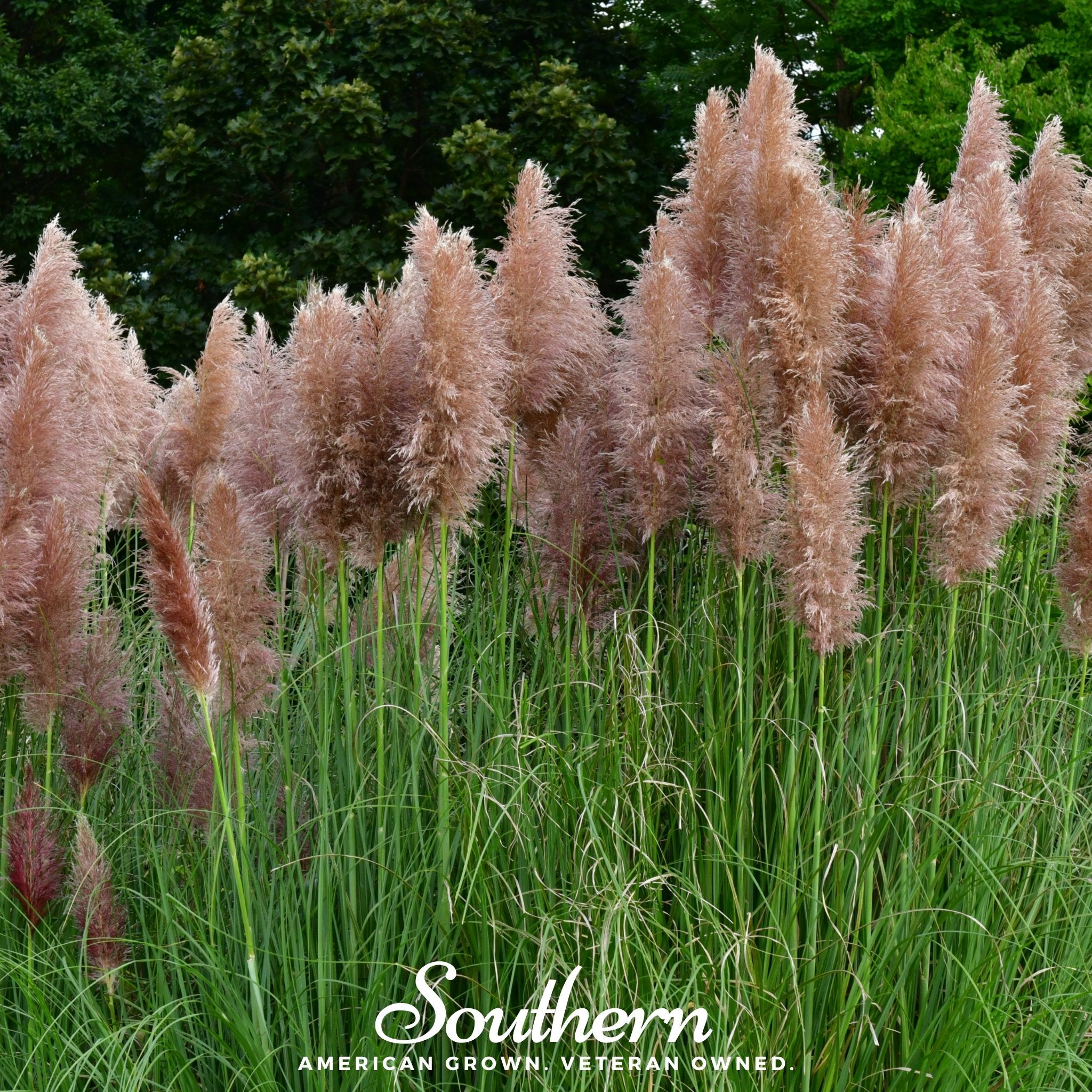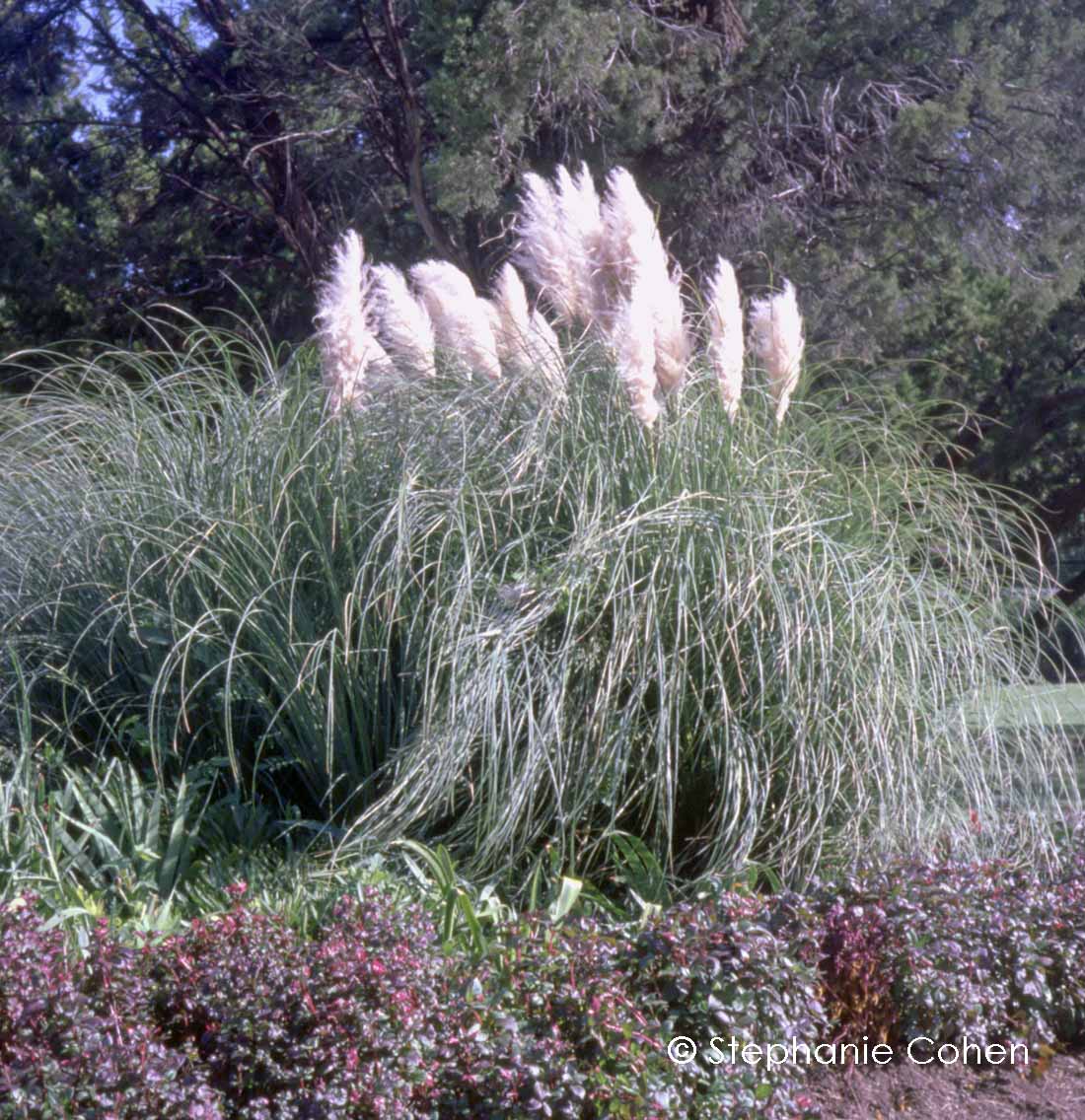Absolutely! Here’s a 3000-word article about Cortaderia, formatted with `
` and `
` tags instead of “.
Cortaderia, commonly known as pampas grass, is a genus of flowering plants native to southern South America. Its striking plumes and robust growth have made it a popular ornamental plant worldwide. However, its aggressive nature has also led to its classification as an invasive species in many regions. This article delves into the various aspects of Cortaderia, exploring its botany, ecological impact, cultivation, and management.
Botany and Identification
Cortaderia belongs to the Poaceae family, the grass family, which is one of the largest and most diverse plant families. The genus comprises several species, with Cortaderia selloana being the most widely recognized and cultivated.
Morphological Characteristics

Plumes: The most distinctive feature of Cortaderia is its large, feathery plumes, which emerge in late summer or autumn. These plumes, typically silver-white or pinkish, can reach lengths of up to 1 meter and are composed of numerous spikelets.
Species Diversity
While Cortaderia selloana is the most common species, other notable species include:
Cortaderia jubata: Known for its particularly large and fluffy plumes, often with a purplish tinge.
Ecological Impact
Cortaderia’s rapid growth and prolific seed production have enabled it to establish itself as an invasive species in many parts of the world, particularly in coastal regions and disturbed habitats.
Invasive Characteristics

Seed Dispersal: The lightweight seeds of Cortaderia are easily dispersed by wind, allowing them to travel long distances and establish new populations.
Impacts on Native Ecosystems
Reduced Biodiversity: Cortaderia can displace native plant species, leading to a decline in biodiversity and ecosystem function.
Cultivation and Uses
Despite its invasive potential, Cortaderia remains a popular ornamental plant due to its striking appearance and low maintenance requirements.
Ornamental Uses
Garden Feature: Cortaderia is often used as a focal point in gardens and landscapes, providing a dramatic vertical element.
Cultivation Practices

Soil and Climate: Cortaderia prefers well-drained soil and full sun. It is tolerant of a wide range of soil types and can withstand drought conditions.
Varieties
Many cultivars of Cortaderia have been developed, offering a range of plume colors and plant sizes. Some popular cultivars include:
‘Silver Comet’: Known for its bright silver plumes.
Management and Control
Managing Cortaderia infestations is crucial to prevent further ecological damage. Various control methods are employed, depending on the scale of the infestation and the resources available.
Mechanical Control
Hand Pulling: Effective for small infestations, hand pulling involves removing the entire plant, including the roots.
Chemical Control
Herbicides: Herbicides can be used to control Cortaderia, but they should be applied carefully to minimize impacts on non-target plants.
Biological Control
Research: Ongoing research is exploring the potential for biological control agents, such as insects or pathogens, to manage Cortaderia infestations.
Integrated Management
Combined Approaches: Integrated management involves using a combination of control methods to achieve effective and sustainable control.
The Future of Cortaderia
The future of Cortaderia management hinges on a combination of continued research, public awareness, and coordinated control efforts. Understanding its biology, ecological impacts, and effective management strategies is essential for mitigating its invasive potential and preserving native ecosystems. As global trade and climate change continue to influence species distributions, proactive measures are needed to prevent the further spread of Cortaderia and other invasive plants. Education regarding the risks of planting invasive species, and promotion of native alternatives is also extremely important.
Ongoing Research
Genetic Studies: Genetic studies are helping to understand the origins and spread of Cortaderia, as well as its adaptation to different environments.
Public Awareness and Education
Invasive Species Campaigns: Public awareness campaigns are essential for educating people about the risks of invasive species and promoting responsible gardening practices.
Collaborative Efforts
International Cooperation: International cooperation is essential for managing invasive species that cross national borders.
By combining scientific research, public awareness, and collaborative efforts, we can work towards mitigating the ecological impacts of Cortaderia and preserving the biodiversity of our ecosystems.

